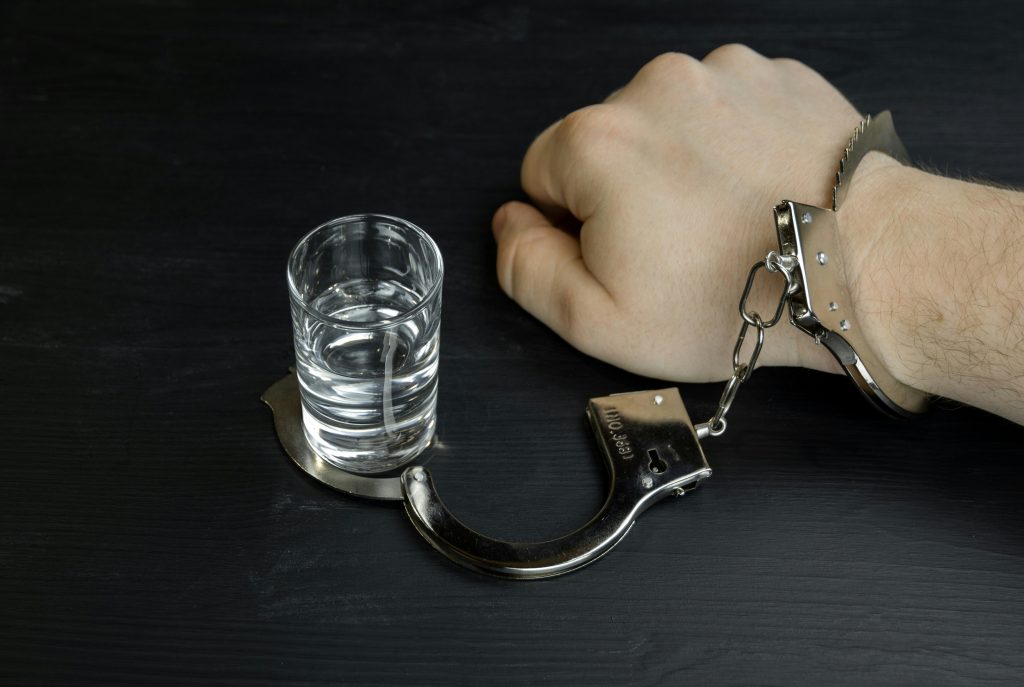A recent headline caught a lot of attention. It was reported that a twenty-year-old man was sentenced to one year of rigorous imprisonment and a fine after a 14 year-old girl filed a complaint against him of sexual harassment, which included blowing kisses and winking when she was outside with her sister. The defence lawyer did not view these acts of winking and blowing kisses as sexual gestures.
From the perspective of social communication, a wink is believed to be an ambiguous nonverbal gesture. A wink could mean a private joke but also have sexual connotations. It is this ambiguity which is exploited later to proclaim innocence. However, the context was clear in this case as demonstrated by the accused’s behavior before (winking and blowing kisses in the past). So, it was clearly not a one-time event.
The fact that this report got a lot of attention probably points to the general leniency of the law enforcement and judiciary in dealing with similar cases in the past, where it was overlooked and deemed harmless behavior. There are still gray areas that are described for sexual harassment and misconduct.
A spectrum of sexual misconduct at work (SSMW) was developed by Kathleen Reardon to help “define and differentiate among types of gender offense” which ranges from ‘generally not offensive’ (e.g., remarks about hairstyle and dress) to ‘egregious sexual misconduct’ (e.g., sexual abuse, assault). It is vital to note that Reardon also qualifies this spectrum on the basis of ‘situation, history of relationship, tone of delivery, and nonverbal actions.’ This scale was devised for the workplace and may not have the same implications in public places.
In the afore-mentioned example, the context of the nonverbal gestures of winking and blowing kisses makes it a clear-cut case of ‘evident sexual misconduct’ category put forward by Reardon that includes behaviors that are crude or physically intrusive, especially as perceived by the receiver, who is a 14-year-old girl.
What signal does punishment of these gestures send?
These gestures are perceived by some individuals, including the defense lawyer, as trivial and not worth a prison sentence or a fine. If such behaviors are policed and timely punishment is meted out early on, it would make people aware of the gravity of this situation, especially from the viewpoint of the victims, who suffer these aggressions. These regular every-day harassments like catcalling, whistling, winking, and blowing kisses (even without physical contact) can have a long-lasting impact on adolescent girls and women. The constant anxiety of checking their environment for potential perpetrators can result in a lot of wear and tear psychologically. Post-traumatic stress disorder (PTSD) is associated with hypervigilance, where the affected person keeps checking their environment for potential dangers and their stress response is on an overdrive.
Adolescents who grow up in environments rife with people harassing them in public also develop the hypervigilance as noted by countless anecdotes by women who shared their strategies to keep themselves safe on the street. The behaviors which start with these so-called harmless activities like catcalling and whistling could lead to the slippery slope of stalking and assault and even if it does not lead to these dire situations, the constant fear of being victimized also plays havoc with one’s mental health
Street sexual harassment has been reported widely across several countries. In a survey conducted in India, 95% women experience restriction in their mobility due to the fear of male harassment in public. In another study where women were interviewed about their experiences of sexual harassment in public, 40% reported getting harassed in public mostly in the daytime, 33% stopped going out in public and 17% quit their jobs. Street harassment has been linked to anxiety and depression and poor sleep quality in college women.
Street sexual harassment of women was also used as a tool to prevent political participation by women in Egypt in the political protests of 2012 where they were assaulted and it demonstrated “how seemingly “harmless” forms of street harassment can quickly escalate into more violent behavior.” This shows the long-term repercussions of harassment for women in terms of their freedom in public spaces, education, and employment opportunities.
Therefore, this recent news of punishment of a young male for whistling and blowing kisses at an unwilling recipient is a welcome development. There are also anti-harassment programs, platforms and groups that increase awareness about street harassment and its prevention India, including Blank Noise and HarassMap Mumbai, a crowdmapping deployment that maps unsafe zones in the city based on anonymously submitted reports of street sexual harassment.
A few years ago, L’Oreal Paris launched the Stand Up program that was its international bystander training program against street harassment.
They have a dedicated training website (www.standup-India.com) which trains people to stand up as bystanders and also helps victims. 5D training is offered – Direct, Distract, Delegate, Document, Delay. The aim of the program is to discourage harassers, support victims and encourage bystander intervention in a safe manner.


